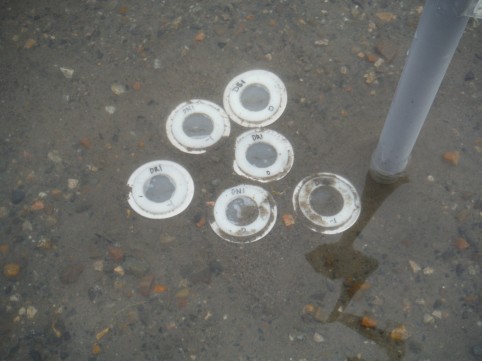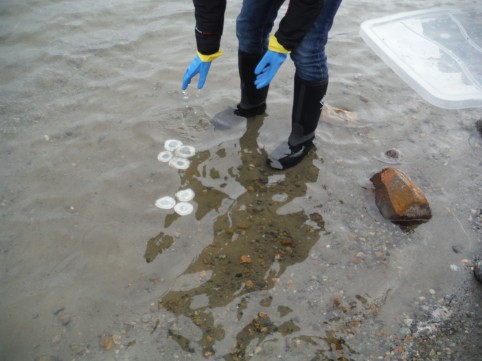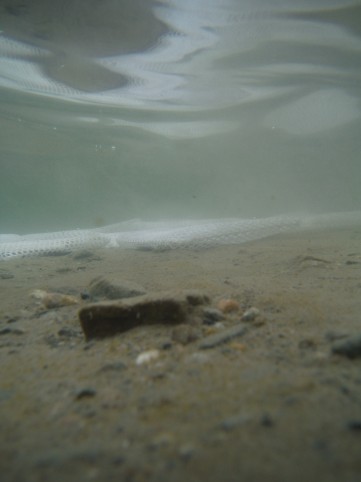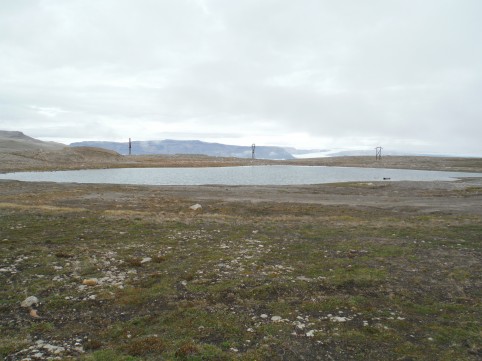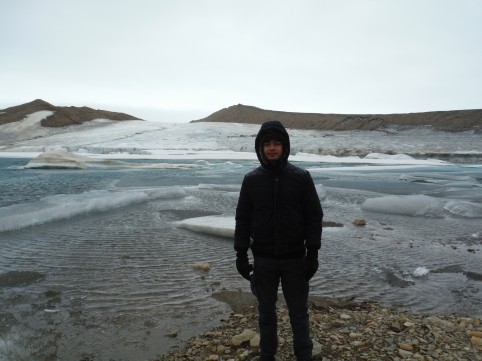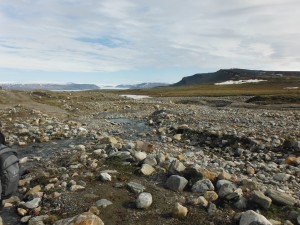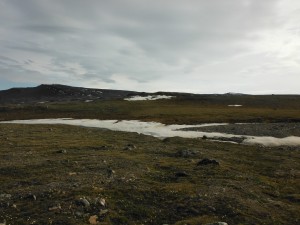About 1% of all microbes are “culturable” in the lab. They are some of the most stubborn organisms requiring special and specific nutrients as well as optimal temperatures and conditions. So, how do we get the “unculturables” to be “culturable”? We make bacteria “traps”, where we take media, sandwich them between a membrane that cannot be penetrated by bacteria and another membrane that can be penetrated by bacteria. Bacteria can grow and migrate toward the trap and essentially get stuck within the membranes and we can cultivate them afterwards. What about bacteria that don’t migrate? We can account for these bacteria by taking them out of the soil, placing them in media and putting them back into the environment using devices called diffusion chambers. These diffusion chambers consist of two membranes that are able to hold bacteria and media yet are porous enough for nutrients and ions. Using these techniques we have already cultivated more than 15 previously uncultivated species. For year two of this project we intend to cultivate at least 90 new species for whole genome shotgun sequencing. WGS data from such new species will be incredibly useful in determining which metabolic pathways are present to allow these organisms to survive in such a harsh barren climate.

